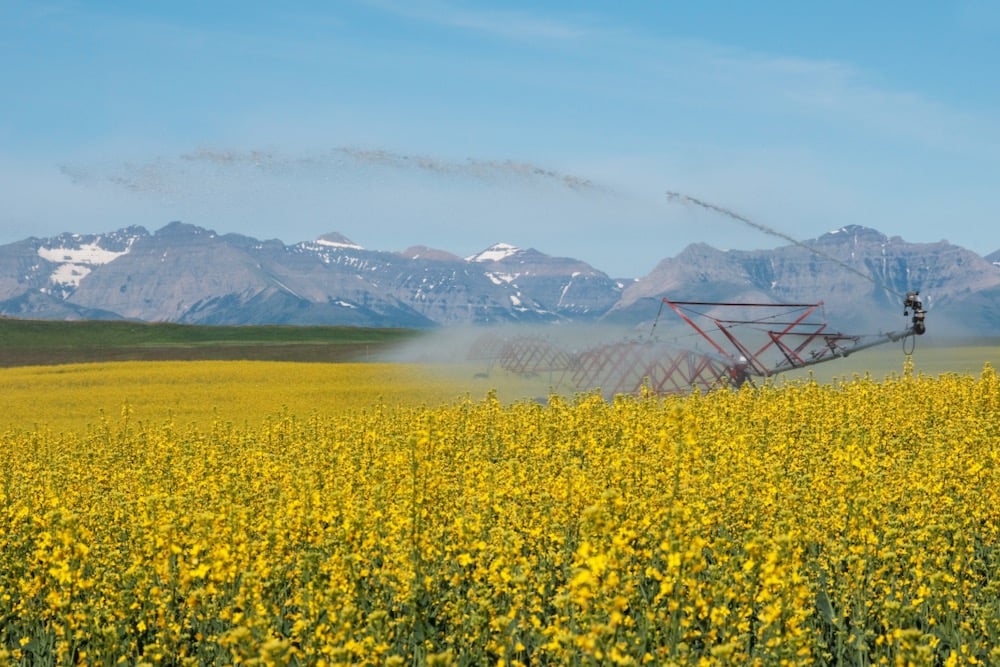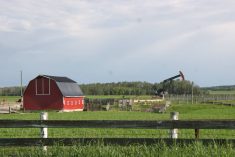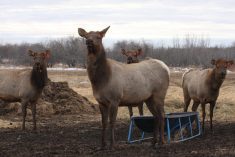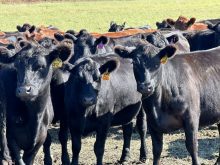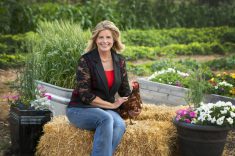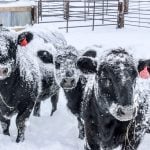Average Alberta farmland values rose 10 per cent in 2022, according to Farm Credit Canada statistics released March 13.
That’s less than the 12.8 per cent average for the rest of the country, but it’s the largest increase the province has seen since 2015, when prices rose 11.6 per cent. Last year’s figure follows increases of 3.6 per cent in 2021 and six per cent in 2020.
The highest increase in cultivated farmland values was in the Peace region, with a range of $1,500 to $4,300 per acre, 13.6 per cent over 2022. Northern and central regions both recorded an 11.5 per cent increase, with value ranges of $1,700 to $7,600 and $2,400 to $10,900 per acre respectively.
Read Also

Best before doesn’t mean bad after
Best before dates are not expiry dates, and the confusion often leads to plenty of food waste.
The southern region had the lowest increase at four per cent, with a range of $2,200 to $9,000 per acre. But within that region, irrigated land values jumped 29.9 per cent in 2022, reaching a record high, with a value range of $8,100 to $20,200 per acre. This was attributed to larger contracts for specialty growers, mainly potatoes, and to land coming up for sale near major growers and storage sites.
Pastureland values for the province increased by 5.5 per cent last year. The north continued to show strong growth with a nearly 12 per cent increase, followed by the Peace region at just under 8.5 per cent.
In a news conference, FCC’s chief economist J.P. Gervais issued a caveat on the Alberta numbers.
“There’s a little bit of a lag now in how land titles are recorded in the province of Alberta so we don’t necessarily have the data that we would normally have.”

Supply and demand
Nationally, the 12.8 per cent increase was the largest since 14.3 per cent in 2014. It followed gains of 8.3 per cent in 2021 and 5.4 per cent in 2020. Gervais said the numbers were a bit of a surprise.
“At this exact same time a year ago, I said that I expected the rate of increase to be smaller than the 2021 rate of increase.”
He said he would have expected challenging economic conditions to slow the demand for farmland, but the picture became clearer in recent months.
“It’s all about supply and demand. On the demand side, we might find it a little surprising that demand remains as strong as it has, given high interest rates and high input costs. But the flip side of that is that we’ve had strong receipts as well,” he said, noting that receipts for grains, oilseeds and pulses increased by 18.3 per cent in 2022.
“And on the supply side, all the data that we collected weighed out to a very tight supply of farmland available for sale.”
The highest average provincial increases in farmland values were in Ontario, Prince Edward Island and New Brunswick, with increases of 19.4, 18.7 and 17.1 per cent respectively. Saskatchewan followed with a 14.2 per cent increase. Five provinces had average increases below the national average: 11.6 per cent in Nova Scotia, 11.2 per cent in Manitoba, 11 per cent in Quebec, 10 per cent in Alberta and eight per cent in British Columbia. There was insufficient data to fully assess farmland values in other regions of the country.
Gervais said there are a few things to note about the data.
Because it’s based on the calendar year, the effect of the drought on the Prairies in 2021 is still acting as a drag on land prices and may explain the difference in increases when compared to Ontario, which didn’t suffer a drought.
But Gervais said not to draw too much from those differences across provinces.
“It’s getting harder to generalize about what’s going on in the marketplace, even within a province,” he said.
The second thing to note is that interest rate increases haven’t yet worked their way through the system.
“We have not yet seen the full impact of higher interest rates on the demand for farmland,” said Gervais, noting the reason for the lag is that people locked in when rates were lower.
Another point is that land values relative to farm income are as high as they’ve ever been.
“In most, if not all provinces, we’re getting very near the top of the market ever in terms of the value of land relative to farm income,” he said.
Gervais acknowledged that higher farmland values pose a challenge for young producers, new entrants and operations looking to expand. What this means for farmers is that a strong risk management plan is critical, especially if they are looking to buy land.
“You need to have an elaborate strategic plan for your operation over the next five years and a strong risk management plan that goes with it.”
Gervais said that relative to income, land is now more expensive than ever.
“The ability to service debt and overall equity in the operation are critical factors of success going forward. The good news is that farmland value increases reflect a positive outlook for the demand for agriculture commodities and the quality food we produce in Canada.”

